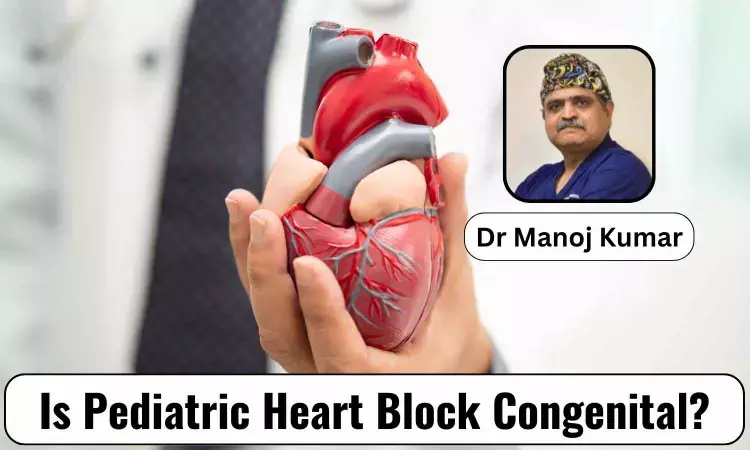- Home
- Medical news & Guidelines
- Anesthesiology
- Cardiology and CTVS
- Critical Care
- Dentistry
- Dermatology
- Diabetes and Endocrinology
- ENT
- Gastroenterology
- Medicine
- Nephrology
- Neurology
- Obstretics-Gynaecology
- Oncology
- Ophthalmology
- Orthopaedics
- Pediatrics-Neonatology
- Psychiatry
- Pulmonology
- Radiology
- Surgery
- Urology
- Laboratory Medicine
- Diet
- Nursing
- Paramedical
- Physiotherapy
- Health news
- Fact Check
- Bone Health Fact Check
- Brain Health Fact Check
- Cancer Related Fact Check
- Child Care Fact Check
- Dental and oral health fact check
- Diabetes and metabolic health fact check
- Diet and Nutrition Fact Check
- Eye and ENT Care Fact Check
- Fitness fact check
- Gut health fact check
- Heart health fact check
- Kidney health fact check
- Medical education fact check
- Men's health fact check
- Respiratory fact check
- Skin and hair care fact check
- Vaccine and Immunization fact check
- Women's health fact check
- AYUSH
- State News
- Andaman and Nicobar Islands
- Andhra Pradesh
- Arunachal Pradesh
- Assam
- Bihar
- Chandigarh
- Chattisgarh
- Dadra and Nagar Haveli
- Daman and Diu
- Delhi
- Goa
- Gujarat
- Haryana
- Himachal Pradesh
- Jammu & Kashmir
- Jharkhand
- Karnataka
- Kerala
- Ladakh
- Lakshadweep
- Madhya Pradesh
- Maharashtra
- Manipur
- Meghalaya
- Mizoram
- Nagaland
- Odisha
- Puducherry
- Punjab
- Rajasthan
- Sikkim
- Tamil Nadu
- Telangana
- Tripura
- Uttar Pradesh
- Uttrakhand
- West Bengal
- Medical Education
- Industry
Pediatric Heart Block is Congenital - What do the Doctors have to say about it? - Dr Manoj Daga

Complete heart block in children is one of the rare conditions. But first, it's crucial to comprehend the fundamentals of a healthy heart. The muscle contains an electrical circuit with a primary generator called the SA node and a secondary generator called the AV node.
Therefore, in a typical situation, an impulse is created in the SA node, travels to the AV node, and then disperses across the entire heart. This impulse's entire purpose is to stimulate the heart and cause it to contract, which is what the heart needs to do to pump blood. In a typical child, the heart beats and contracts at a rate of about 100 beats per minute, maintaining the flow of blood throughout the body.
A child with a complete heart block will have an extremely slow heart rate when they are evaluated, and at first there may not be any other symptoms. The impulses produced in the primary generator, the SA node, are not being routed to the second regenerator, the AV node. As a result, the SA node is cut off, leaving the child with the AV node rhythm, which is an escape rhythm and is between 50 and 60 beats per minute.
There are certain specific guidelines on how to manage this sort of condition in children. Most importantly even with slow heart rate, a lot of babies and children can manage because they are not highly active. So if a child is well feeding and growing without any symptoms they can be closely monitored.Dr Manoj Daga MBBS, MS (General Surgery), MCh (Cardiothoracic and Vascular Surgery) is the Director of Cardiothoracic and Vascular Surgery (CTVS) at BM Birla Heart Research Centre, Kolkata, West Bengal having overall experience of more than 23 years in Cardiothoracic and Vascular Surgery. His area of interest lies in Adult and Paediatric Heart Surgery for Congenital Heart Diseases with a special interest in Coronary Aortic Root Surgery and Heart And Lung Transplant.


